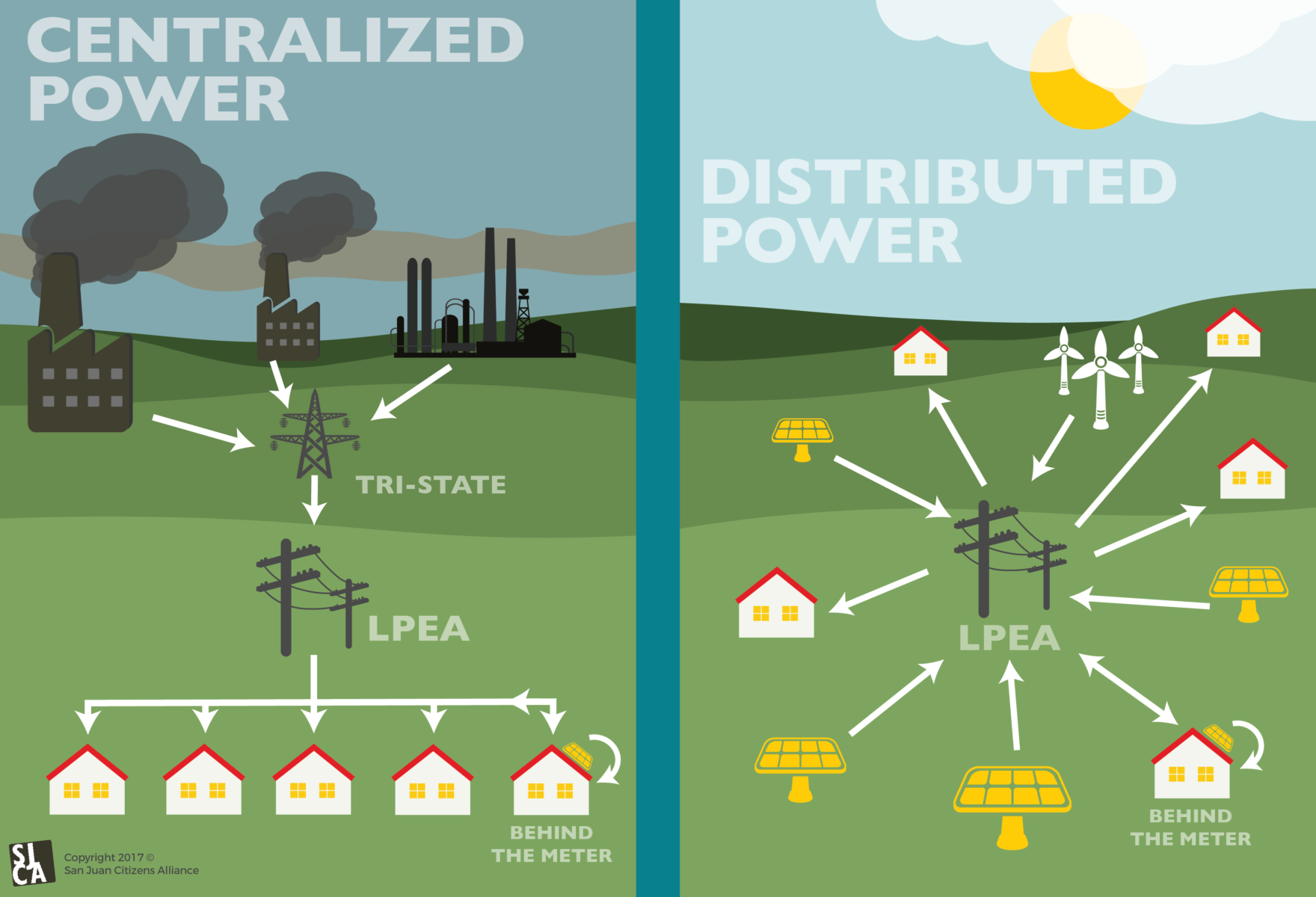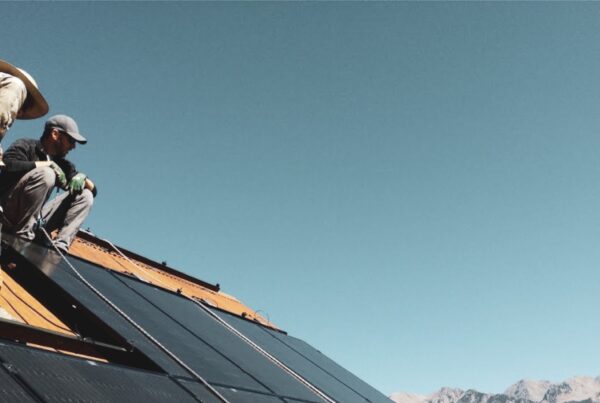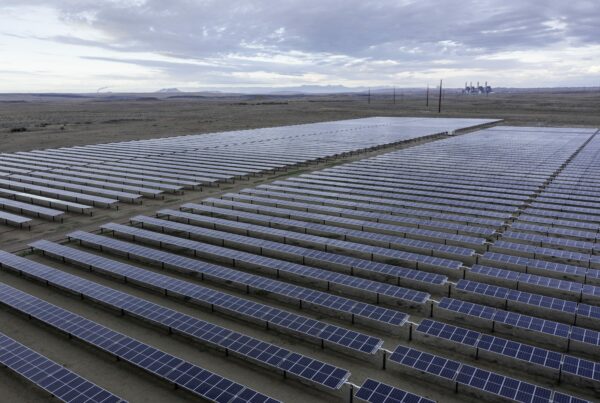This blog series covers the monthly La Plata Electric Association (LPEA)* Board of Directors meetings. We’re tracking the board for transparency and accountability, as well as to stay current on their renewable energy initiatives. Find past and future spotlights here.
Get LPEA Spotlight in your inbox!
[button color=”extra-color-1″ hover_text_color_override=”#fff” size=”large” url=”” text=”SUBSCRIBE” color_override=”#a1d078″]
What do renewable energy advocates actually want?
“This board is truly dysfunctional,” an La Plata Electric Association (LPEA)* member observed at this month’s Board of Directors meeting. The comment came after an extensive, heated debate about the Board’s standard of conduct, the definition of respectful conversation, and how to navigate their culture of divisiveness.
Our take? After watching the discussion unfold, it’s clear that many, if not all, of our LPEA Directors regularly make emotional assumptions about the opinions of others without pausing to genuinely hear each other out.
Currently, the board’s touchiest topic is how the declining costs of renewable energy (and rising costs of coal) should impact LPEA’s future – a discord that, based on last week’s meeting, clearly stems from a fundamental misunderstanding of renewable energy advocates’ motives.
To unpack the confusion, we must first understand the different ways we can get electricity:
1. CENTRALIZED POWER
Central power providers produce electricity at a large scale and sell it over long distances. Think: large nuclear, coal, or natural gas power plants
Tri-State Generation & Transmission** is a coal-intensive central power provider that generates and delivers electricity to 43 co-ops across the west. LPEA buys 95% of its power from Tri-State and has little say on how the power is generated.
2. DISTRIBUTED POWER
Distributed power is a network of smaller generation facilities built closer to where power is consumed. Think: community solar gardens, small-scale hydropower
LPEA’s generates some of it’s own electricity through distributed power facilities that LPEA, not Tri-State, controls. Unfortunately, Tri-State’s contract currently limits LPEA’s self-generated distributed power to 5% of the co-op’s electricity usage, and LPEA has already maxed out that limit.
3. BEHIND-THE-METER
Behind-the-meter systems are designed to power specific buildings. Think: rooftop solar.
Only 2% of LPEA’s customers have installed their own systems. These small projects are usually connected to LPEA’s grid so they can sell excess energy back and pull power when necessary (when the sun is down, for instance). This electricity production largely does not count toward Tri-State’s 5% limit.
So, what’s the misunderstanding?
Well, solar can provide power in all three of these structures. Tri-State, LPEA, and individual customers can all own solar installations. The problem is that half the LPEA board is stuck debating behind-the-meter solar when the other half wants to explore our options for distributed renewable power.
What they think we want…
In 2017, LPEA staff presented a series of workshops presenting how behind-the-meter solar projects installed by members are costing LPEA 0.8% of their annual budget. They unfortunately refer to this small cost as a ‘subsidy,’ framing a public debate that pits “rich” solar owners against other LPEA members who have to recover the solar ‘subsidy.’
At the November LPEA board meeting, Director Davin Montoya stated “Solar people want to come in here and get free energy and be subsidized. I don’t agree with that.” This demonstrates the discussion over rooftop, or behind-the-meter, solar has distracted some board Directors, allowing them to vilify all types of solar and blinding them to the possibilities of a distributed power path.
What we actually want…
It’s unfortunate that LPEA is framing the debate on renewable energy as rich against poor because what renewable energy advocates, on and off the board, really want is to figure out how to use declining renewable energy prices to benefit all of LPEA’s members.
As exemplified by our neighbors in Taos, NM (See September 2017 Spotlight), LPEA could actually obtain a majority local, renewable energy through locally controlled, distributed power. Doing so would not only boost our local economy and protect the planet – but also, because LPEA would control the facilities, it would lower electricity rates for everyone.
But Tri-State’s 5% cap on local generation paralyzes our ability to make this vision a reality. Until we find a way around the limit, we’re married to Tri-State’s increasingly high cost, coal-intensive rates.
Right now, the LPEA board has big decisions to make concerning the future of co-op’s energy supply. LPEA CEO Mike Dreyspring made clear in his vision that coal is out, solar is the future, and we must find a way to shift the circumstances in our favor (See October 2017 Spotlight).
We have the opportunity to start down the path toward the majority distributed renewable energy system that we envision – with lower rates, a cleaner planet, and a thriving local economy. But as long as LPEA’s board members view themselves as divided we’ll be stuck at the starting line.
We believe that if the LPEA Board of Directors took the time to respectfully debate and question their own assumptions, they may find their priorities are more in line than they think. As Director Bob Lynch responded to Director Montoya, “I want to be part of a plan that figures out how to use solar to help all our members.”
Us too.
* La Plata Electric Association (LPEA) is a member-owned rural electric cooperative that provides power to La Plata County, Archuleta County, and parts of Hinsdale and Mineral counties in Southwest Colorado. LPEA buys all of its power from Tri-State (see below).
** Tri-State Generation & Transmission Association is a not-for-profit, wholesale power supplier that services 43 electric cooperatives and districts in Colorado, Nebraska, New Mexico and Wyoming, including LPEA.





great article! Thank you!
Awesome summation SJCA. Much appreciated!
Excellent summary – thank you!
The article would be better if all the board members’ current positions were summarized.
Hi Jim! Excellent point, however we can’t speak for the board members. You could definitely reach out to those who represent you and ask them!
Thank you for the clear explanation. I am in favor of moving toward the vision of majority distributed renewable energy. I have attended an LPEA board meeting only once as an observing LPEA member-owner and I was surprised by the disrespectful tone set by Davin Montoya towards people whose views seemed to differ from his.